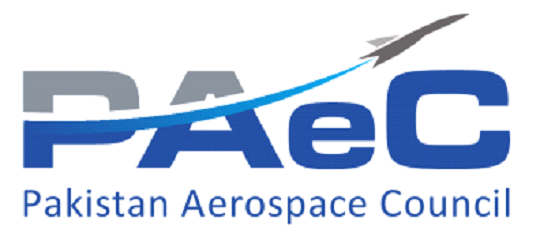Mach 3 Commercial Aircraft Plan Revealed by Virgin Galactic
Virgin Galactic has also announced the signing of a non-binding Memorandum of Understanding (MOU) with Rolls-Royce to collaborate in designing and developing engine propulsion technology for high speed commercial aircraft.
This follows the successful completion of its Mission Concept Review (MCR) programme milestone and authorization from the Federal Aviation Administration’s (“FAA”) Center for Emerging Concepts and Innovation to work with Virgin Galactic to outline a certification framework.
This marks an exciting step forward in Virgin Galactic’s development of a new generation of high speed aircraft, in partnership with industry and government leaders, with a focus on customer experience and environmental sustainability.
Rolls-Royce has a proven record of delivering high Mach propulsion, powering the only civil-certified commercial aircraft capable of supersonic flight, Concorde.
George Whitesides, chief space officer, Virgin Galactic said, “We are excited to complete the Mission Concept Review and unveil this initial design concept of a high speed aircraft, which we envision as blending safe and reliable commercial travel with an unrivalled customer experience. We are pleased to collaborate with the innovative team at Rolls-Royce as we strive to develop sustainable, cutting-edge propulsion systems for the aircraft, and we are pleased to be working with the FAA to ensure our designs can make a practical impact from the start. We have made great progress so far, and we look forward to opening up a new frontier in high speed travel.”
The Mission Concept Review, which included representatives from NASA, is an important program milestone at which the Virgin Galactic high speed team confirmed that, based on the research and analysis work completed, its design concept can meet the high-level requirements and objectives of the mission.
The basic parameters of the initial high speed aircraft design include a targeted Mach 3 certified delta-wing aircraft that would have capacity for 9 to 19 people at an altitude above 60,000 feet and would also be able to incorporate custom cabin layouts to address customer needs, including Business or First Class seating arrangements.



Leave a Reply
Want to join the discussion?Feel free to contribute!